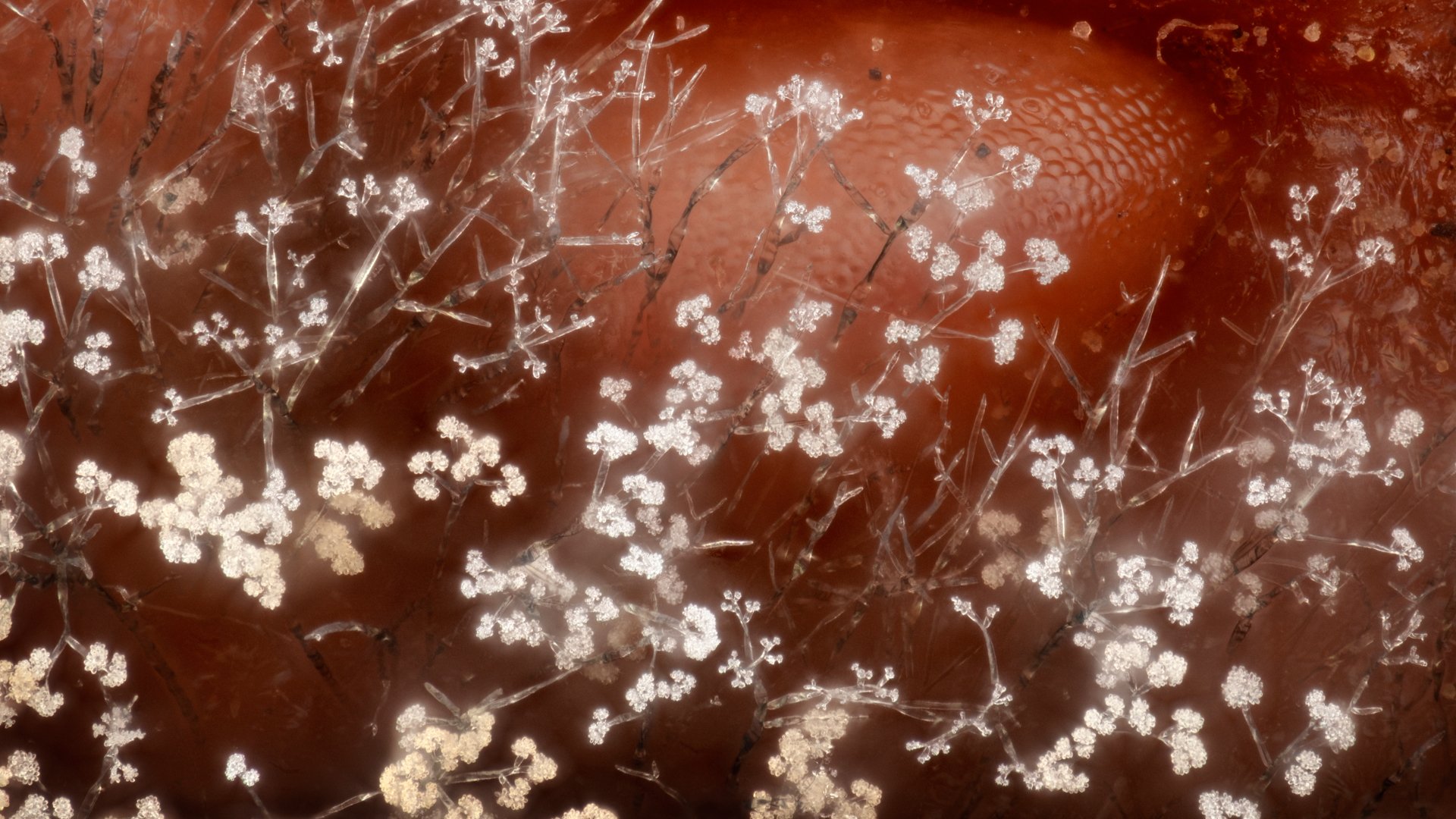Just like other fungi, this fungus cleans up organic waste. But it also makes use of the weaknesses of a living plant.
Just like other fungi, this fungus cleans up organic waste. But it also makes use of the weaknesses of a living plant.
Fuzzy grey mould
A small wound where foliage has been cut off, a bruise, fruit that is a bit overripe – that is all the fungus needs to be able to strike. Fungal spores can quickly grow into a network of threads (or hyphae), a so-called mycelium. Botrytis cinerea can be recognised by its fuzzy grey mould and also goes by the name grey rot or grey mould. Because it thrives on cool, dark and moist conditions, it is a good idea to keep fruit out of the fridge.
Noble rot
However, this fungus has got something going for it. It's a key ingredient in the production of certain sweet white wines. The fungus gets inside the grape of white varieties such as Chenin and Riesling, causing the skin to become porous and the water inside to evaporate, while the grape still holds together. The fermentation process gets underway while the grape is still on the vine and the sugar concentration increases. Winemakers call this noble rot.

